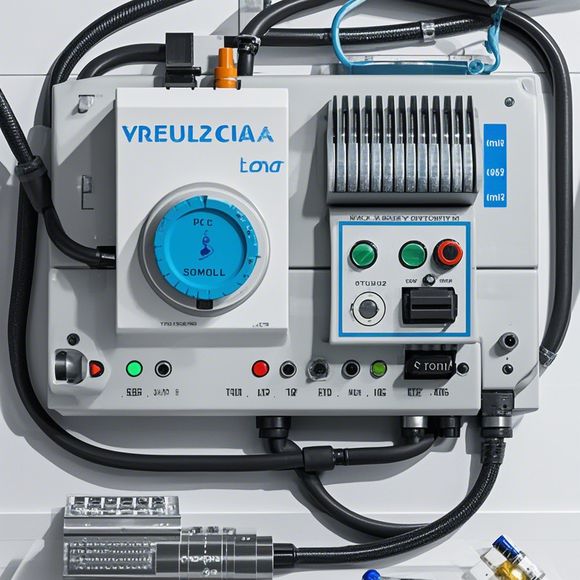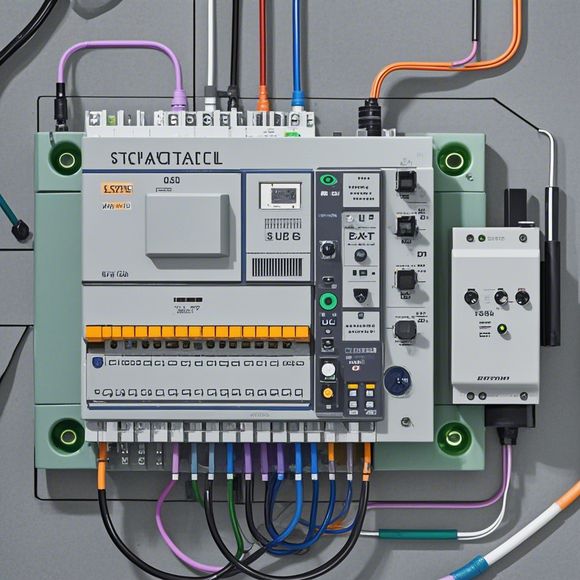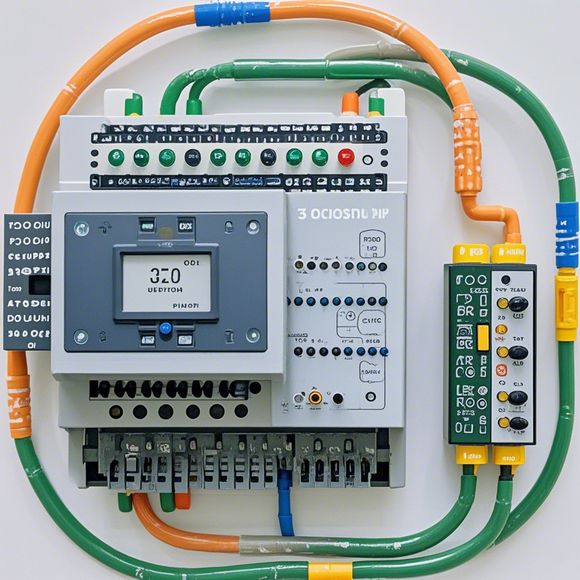PLC Overview
PLC stands for Programmable Logic Controller. It's a digital controller that can be programmed to perform a wide range of tasks. These include but are not limited to controlling devices such as motors, lights, and other sensors in a factory or industrial setting. The key advantage of a PLC is its ability to be easily programmed and customized to meet specific needs. Additionally, PLC systems are designed to be reliable and robust, making them ideal for applications where safety is critical or where there are harsh environments. Overall, the PLC has become an essential tool for modern industries due to its flexibility and reliability.
Introduction to Programmable Logic Controllers (PLCs):
Programmable Logic Controllers (PLCs) are an essential component of industrial automation, allowing for the efficient and reliable control of complex systems. These devices are highly versatile, capable of handling a wide range of tasks including process monitoring, data acquisition, and automation control. In this guide, we will delve into the world of PLCs, exploring their fundamental working principles, applications, and benefits.
The heart of any PLC is its Central Processor Unit (CPU), which executes instructions from memory and manages the flow of data within the system. The CPU receives commands from various sensors and inputs, such as temperature sensors or pressure switches, and processes them accordingly. This processing is often referred to as "control," where the CPU directs the actions required by the system based on predefined rules and algorithms.
The PLC communicates with other components of the system through a variety of interfaces such as Input/Output (I/O) modules, network connections, and communication protocols like Profibus, Ethernet, or Wi-Fi. These connections allow for the exchange of information between different parts of the system, enabling coordinated operations and real-time monitoring.

One of the key features of PLCs is their flexibility. They can be programmed with a vast array of logic functions that can be tailored to suit specific application requirements. This includes functions like loops, conditional statements, and mathematical calculations, allowing for the creation of highly specialized control routines.
PLCs are commonly used in industries such as manufacturing, transportation, and energy production due to their ability to handle large amounts of data quickly and accurately. By controlling complex systems with precision, PLCs can help reduce downtime, improve productivity, and increase efficiency.

In summary, Programmable Logic Controllers (PLCs) are sophisticated tools that enable the effective and efficient operation of industrial systems. With their powerful processing capabilities and adaptability, they play a critical role in modern industry. As technology continues to advance, the integration of PLCs into more complex and dynamic environments becomes increasingly important.
Content expansion reading:

Articles related to the knowledge points of this article:
Smart Manufacturing Solutions with PLC Integrated Machinery
PLC Controller Selection Guide for Foreign Trade Operations
Mastering the Art of Plc Controllers: A Comprehensive Guide to Understand and Implement
PLC Controller for Manufacturing Automation
PLC Programming for Automation Control in the Manufacturing Industry